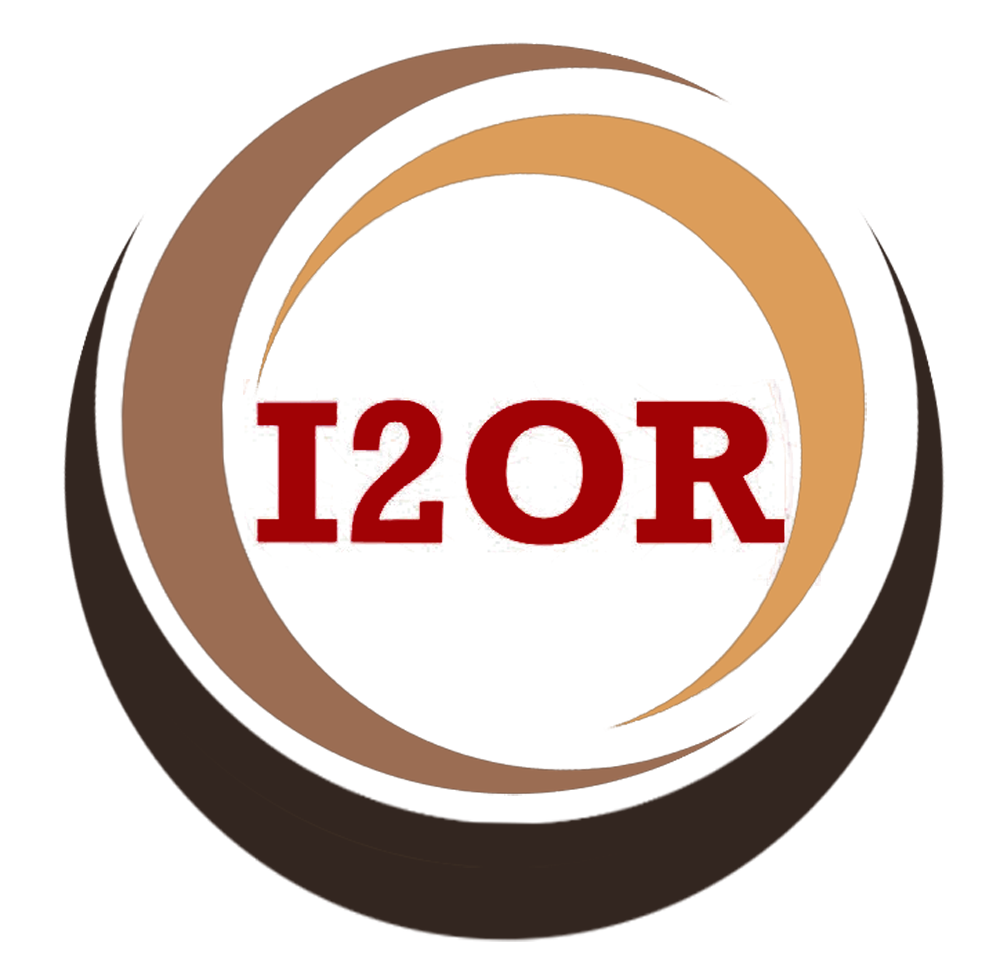Submissions
Submission Preparation Checklist
As part of the submission process, authors are required to check off their submission's compliance with all of the following items, and submissions may be returned to authors that do not adhere to these guidelines.- The submission has not been previously published, nor is it before another journal for consideration (or an explanation has been provided in Comments to the Editor).
- The submission file is in OpenOffice, Microsoft Word, or RTF document file format.
- Where available, URLs for the references have been provided.
- The text is single-spaced; uses a 12-point font; employs italics, rather than underlining (except with URL addresses); and all illustrations, figures, and tables are placed within the text at the appropriate points, rather than at the end.
- The text adheres to the stylistic and bibliographic requirements outlined in the Author Guidelines.
Articles
Sección creada para divulgar la producción científica de los investigadores, a través de la socialización de saberes
Eventos
Divulgación de eventos científicos y memorias arbitradas
Formatos de evaluación
Formato de evaluación para artículo producto de investigación, revisión bibliográfica, de reflexión, cortos o ensayo
NORMAS Y REQUISITOS PARA MANUSCRITOS PRESENTADOS A LA REVISTA.
Guidelines that must be met by the authors who need to submit their works or theoretical contributions to the journal for the purposes of publication.
Taking into consideration that the works proposed for publication are submitted to an initial evaluation by the Editor and the Editorial Committee, after approval by the aforementioned instance, who corroborate the correspondence with the area of knowledge of the journal, evidence of plagiarism and compliance with the formal aspects of the journal, established in the rules for authors; Referees are assigned, for which the Editorial Committee reserves the right to publish articles that meet the publication criteria established in the Journal.
In the same way, the works that pass said evaluation will be arbitrated by specialists in the area of knowledge, specifically through the method of double "blind pairs" (the authors do not know the identity of the expert evaluators, nor do they know the identity of the authors). However, in order to be published, they must obtain two positive evaluations of the same, even when they present slight corrections, which, if any, must be corrected by the author or authors within the indicated period.
Privacy Statement
The names and email addresses entered in this journal site will be used exclusively for the stated purposes of this journal and will not be made available for any other purpose or to any other party.






